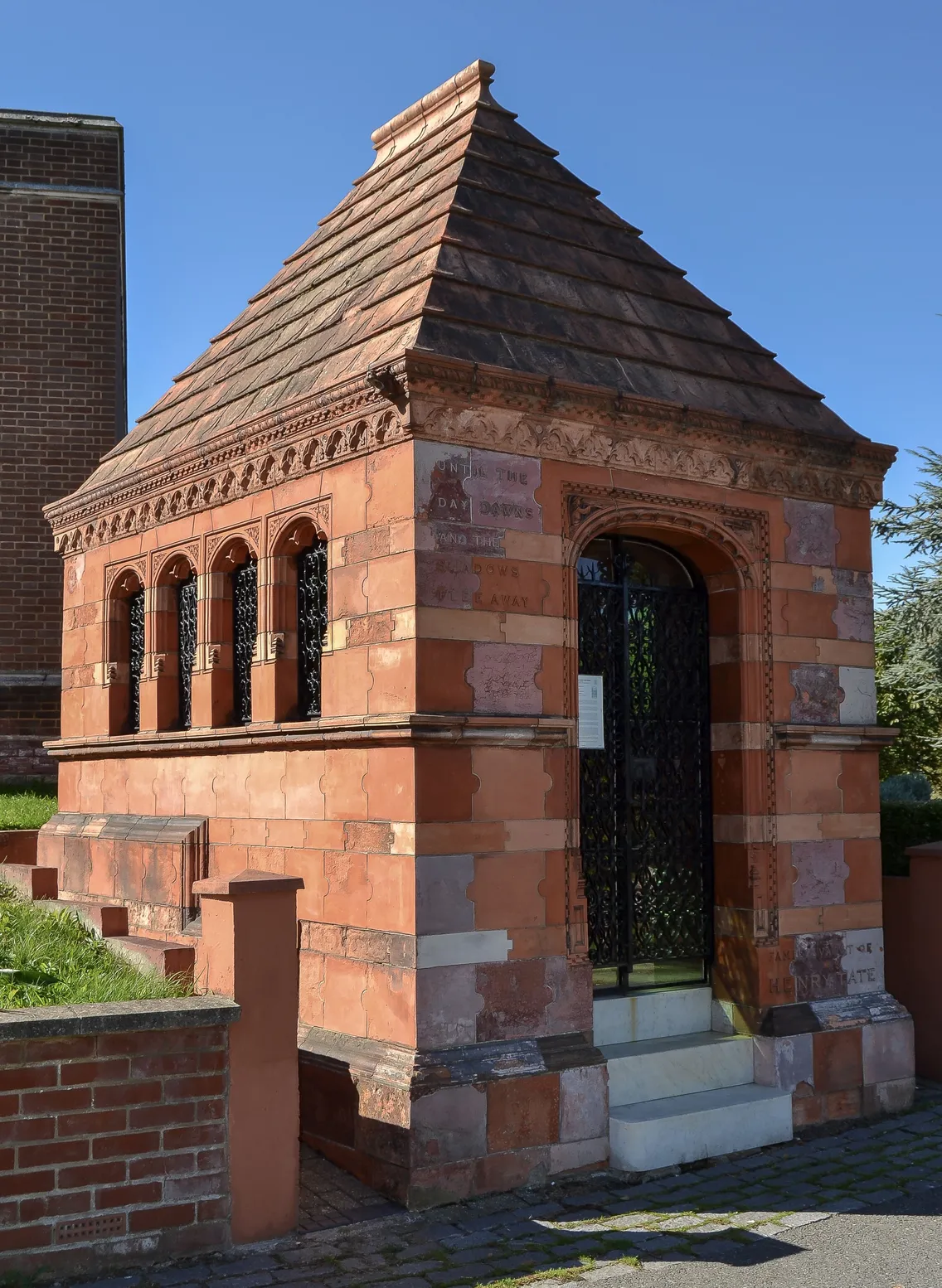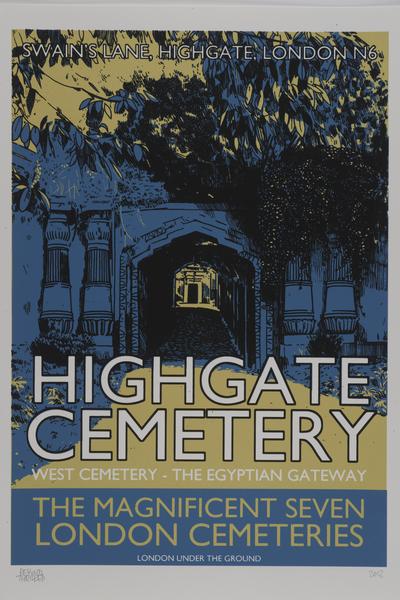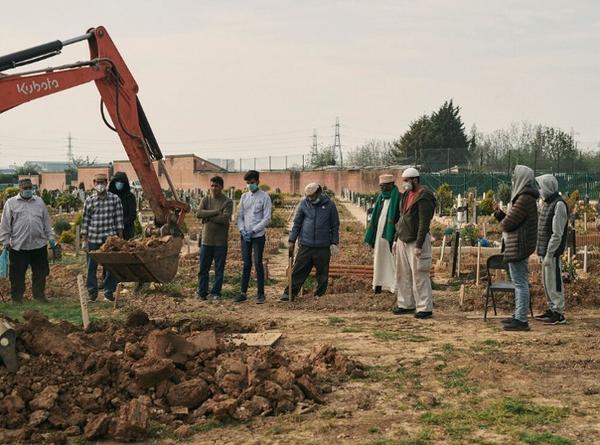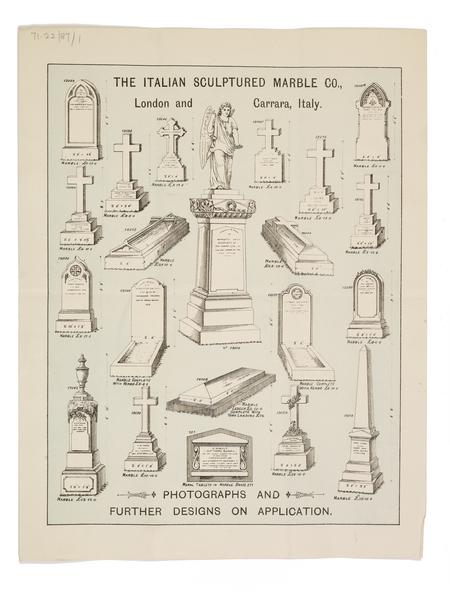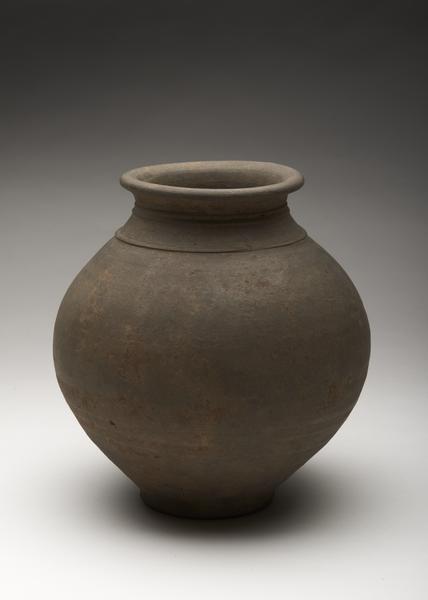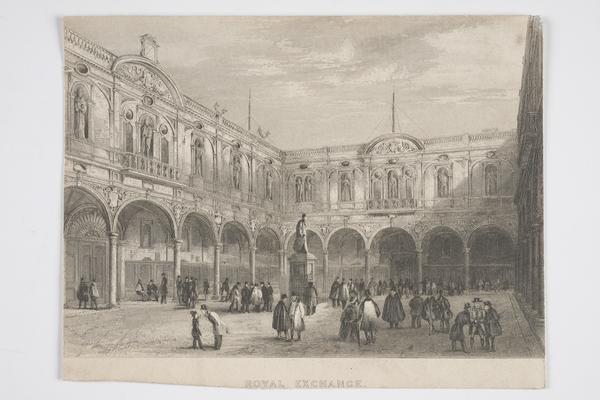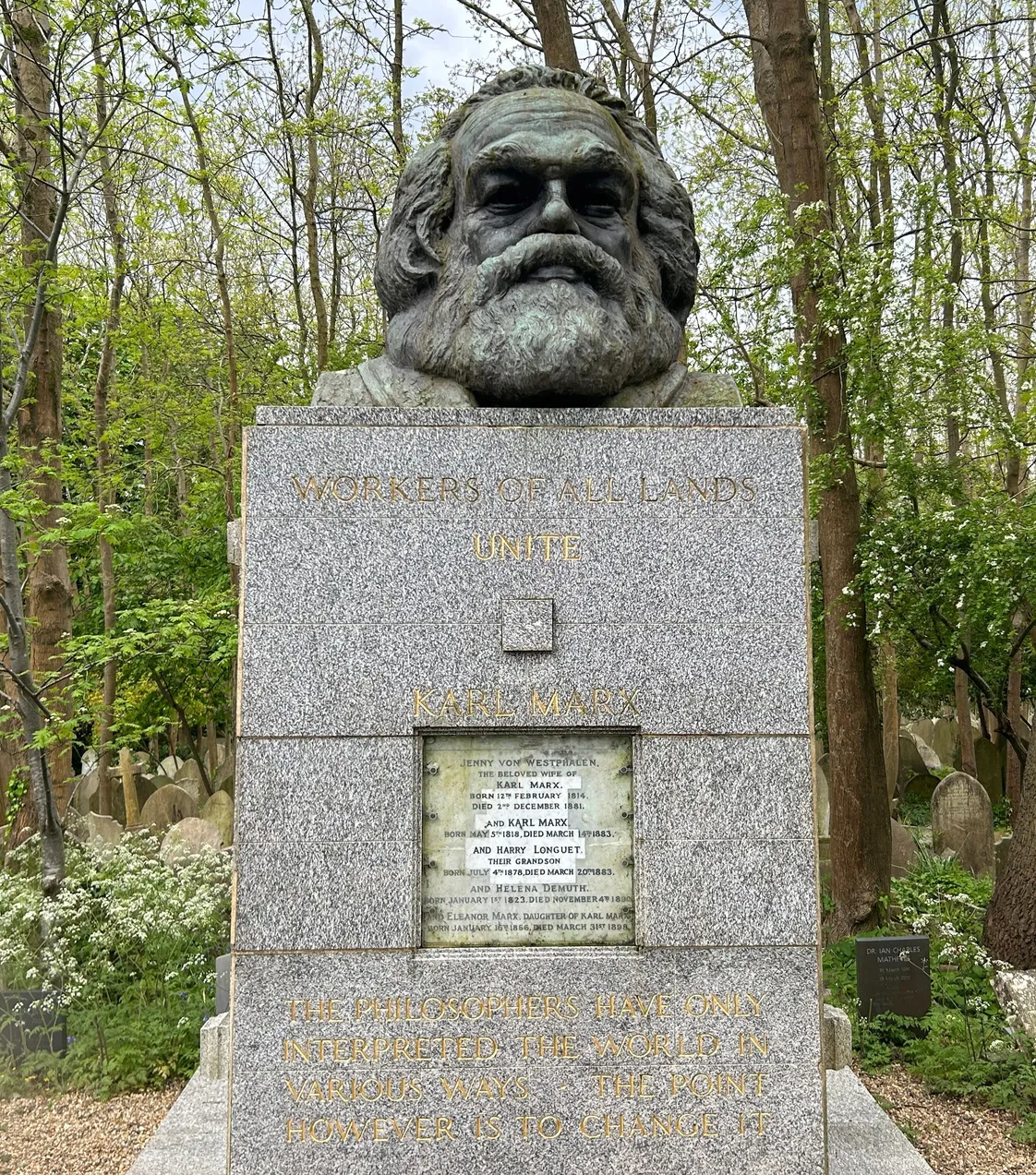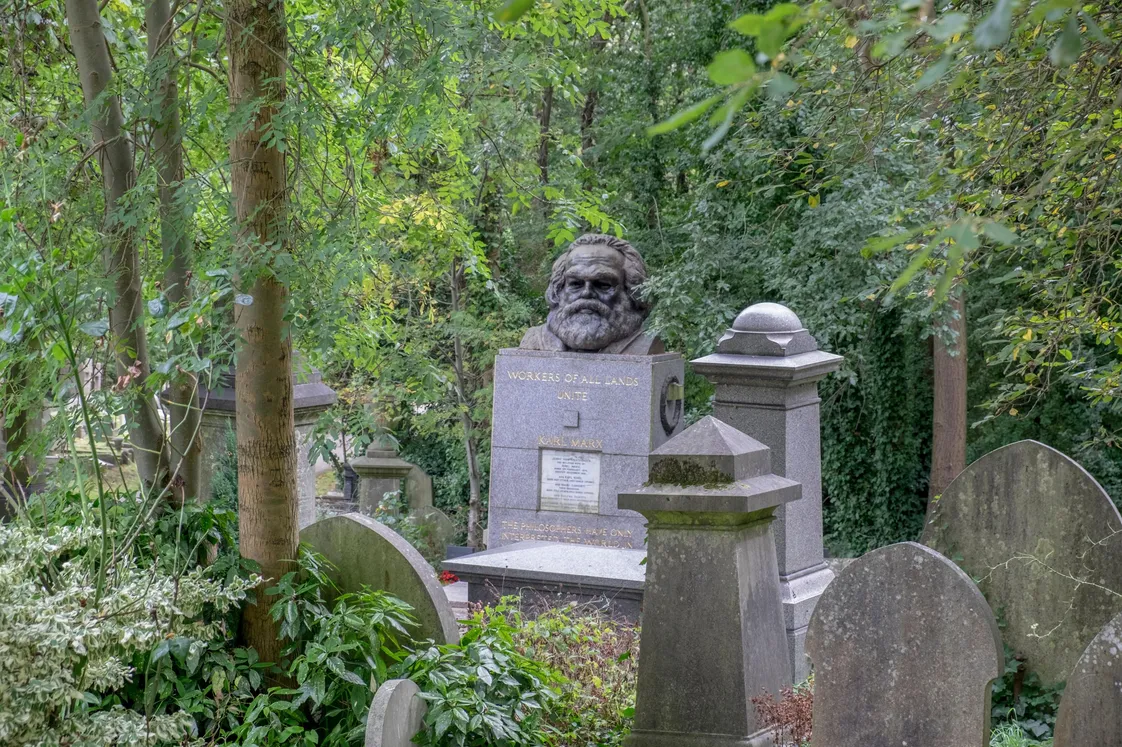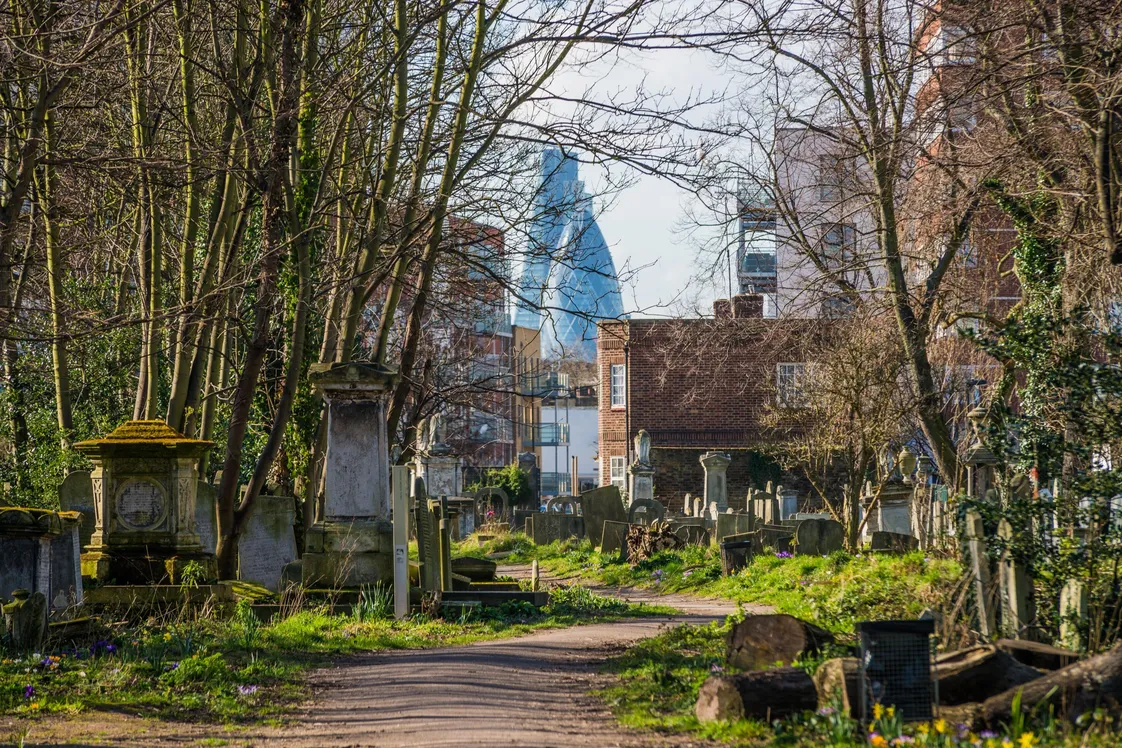West Norwood Cemetery
West Norwood Cemetery is one of two Magnificent Seven cemeteries to be located south of the river. It has many striking monuments, including ones inspired by ancient Greece.
Lambeth
1837
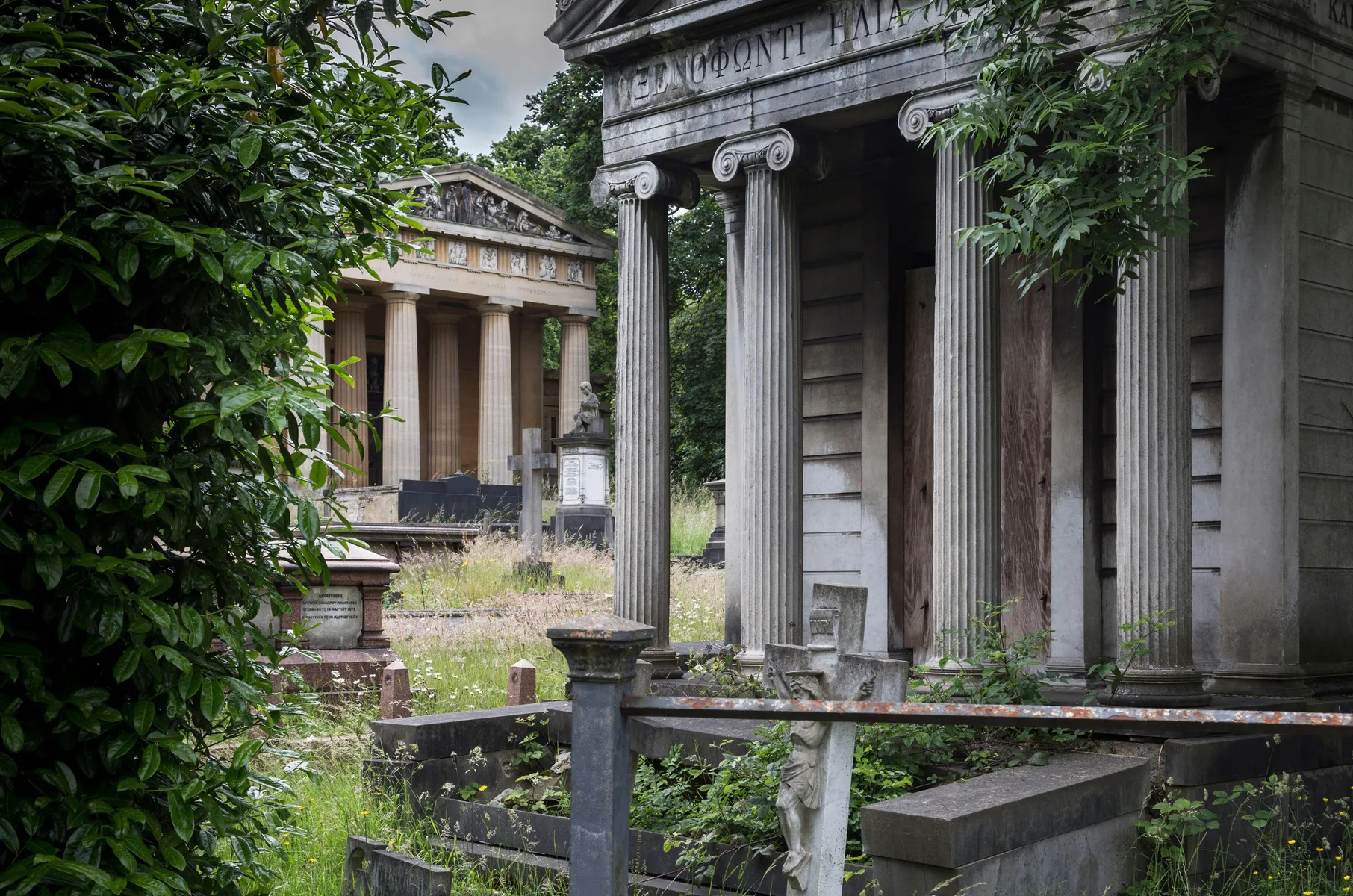
Where south London gets an ancient Greek touch
Originally called the South Metropolitan Cemetery, West Norwood’s first burial took place in 1837. It was the second of the Magnificent Seven cemeteries to open, after Kensal Green Cemetery.
The Magnificent Seven were created to provide much-needed burial space for London. Built on London’s outskirts, they were a lot bigger than traditional parish church graveyards. Their owners were allowed to run them for profit.
West Norwood was designed by William Tite, who was the architect of the Royal Exchange building in the City of London. It featured a grand entrance arch, two chapels, catacombs and landscaped gardens and is thought to be one of the first cemeteries built in a Gothic revival style.
“Wealthy families built grand monuments for their deceased relatives here”
The Greek Necropolis
In 1842, members of London’s Greek community – who were mostly based in north London – leased a plot of the cemetery now known as the Greek Necropolis.
Wealthy families built grand monuments for their deceased relatives here. Many of these monuments were inspired by ancient Greek architecture. The Chapel of St Stephen, for example, looks like a mini version of the Parthenon in Athens.
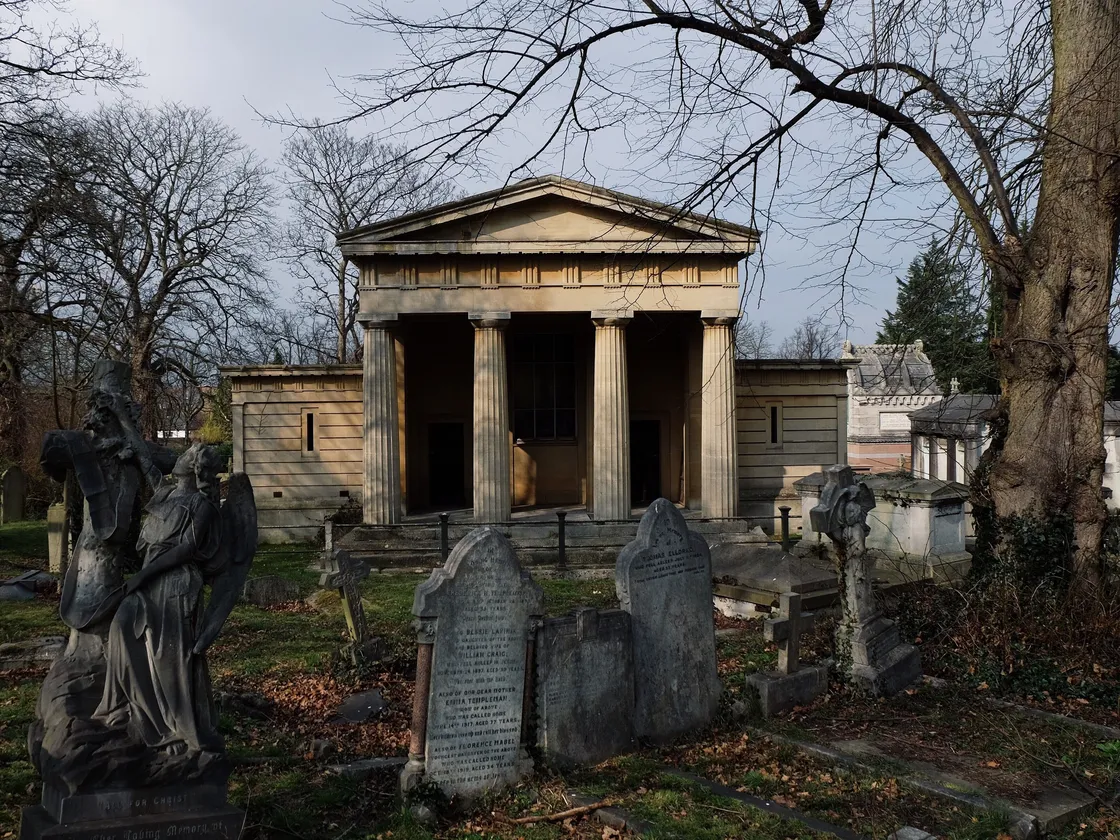
The Chapel of St Stephen in the Hellenic cemetery.
Who’s buried at West Norwood Cemetery?
Writer Isabella Beeton is buried here. She’s most famous for editing Mrs Beeton’s Book of Household Management, which became a staple in middle class homes. Beeton was only 28 when she died in 1865 shortly after giving birth to her fourth child.
It’s also the resting place of a number of business people whose names are still familiar today. These include Henry Doulton, the Royal Doulton pottery manufacturer, and Thomas Stoughton, who founded the publisher Hodder & Stoughton.
Both Doulton and Henry Tate, the sugar merchant and art collector who established the Tate Gallery, are buried in elaborate terracotta mausoleums in West Norwood. The terracotta was most likely produced in Doulton’s Lambeth factory.
In the 20th century
In 1915, West Norwood’s owners added a crematorium, as the trend for burials being the default way to dispose of the dead had begun to change.
The crematorium in use today opened in 1956 along with two chapels and a columbarium, an indoor area where cremation urns can be kept until a final resting place is chosen.
The original cemetery gate still stands. But the Victorian-era chapels were both damaged by bombing during the Second World War and had to be demolished.
“Many monuments were in disrepair”
By the 1960s, West Norwood Cemetery had become overgrown and many monuments were in disrepair. Lambeth Council acquired the site and removed more than 10,000 memorials in a clearance programme.
It also resold more than 900 graves – a move later declared illegal because West Norwood was privately owned when the plots were first sold. A scheme was put in place to assist families of those who were affected.
West Norwood Cemetery today
There are over 60 monuments at West Norwood that are Grade II-listed, meaning Historic England has designated them monuments of “special interest”. Lambeth Council and the Friends of West Norwood Cemetery are working together with other organisations on a restoration programme.
The cemetery is closed to new burials, but it continues to host funerals and cremations.


